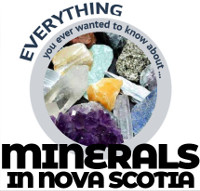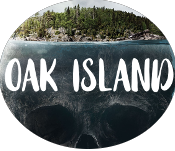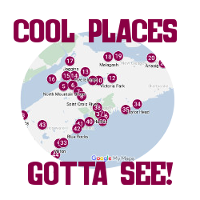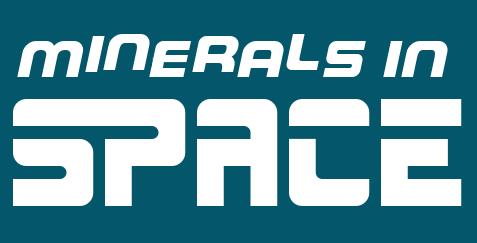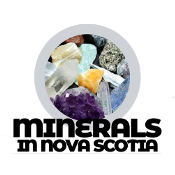- Why Mining Matters
- Jobs
- Safety
- Environment & Operations
- FAQ
- Links
- Fun Stuff
You are here
Meat Cove
Cape Breton’s Meat Cove is famous for its views but several kilometres inland the area also has a significant zinc deposit.
Zinc was discovered over three kilometres southwest of Meat Cove in 1953 and an extensive, multi-year exploration program followed. Eighty-five diamond drillholes were drilled and various types of surveys and tests were conducted. A 560-foot adit (tunnel) was dug and at its end a 227-foot crosscut (horizontal tunnel) was also excavated. At surface, numerous pits were dug down to bedrock to get additional samples for analysis.
Exploration started again in 1968 and has continued on and off in the decades since. Millions of dollars were spent exploring the site.
In addition to zinc, a number of other minerals and metals have been found, including gold and silver.
The most significant additional metals are germanium, gallium and magnesium, each of which could add value to a potential zinc mine. Germanium and gallium are often considered strategic minerals because their unique properties make them important in things like electronics and solar panels.
From about 2000 to 2004, a company called Emerald Isle Resources worked on developing a mine. The company also planned to build a manufacturing plant in either Port Hawkesbury or the Sydport industrial park to process the magnesium into chloride. Magnesium chloride has many uses, including as an environmentally-friendly way to de-ice roads in winter. Emerald Isle was involved in a similar plant in Western Canada and had hoped to supply Eastern Canada and the eastern United States from a Cape Breton facility.
Unfortunately, these plans were scrapped when, after a half-century of work at the site, the mineral deposit was included in the Polletts Cove-Aspy Fault Wilderness Area, despite the fact that a 1992 provincial government report called it a “highly significant area” and a “significant mineralized area.”
Protecting the site prevented the zinc deposit being mined and used to create jobs for Nova Scotians. As a result, Emerald Isle Resources left Nova Scotia and pursued projects in other jurisdictions.
Zinc’s main use is in alloys to galvanize (protect) steel. Zinc oxidizes/rusts more quickly than the metal it is protecting, and the underlying metal will not corrode until all the zinc has been sacrificed. This extends the life of a wide range of products and infrastructure and makes galvanized steel one of the strongest construction materials. About 60% of global zinc supply is used for galvanizing.
Zinc is important in green technologies. Wind turbines require about six tons of zinc per megawatt of capacity because they are mostly made of steel that needs to withstand the elements. Galvanized steel is also used in electric vehicle bodies and in various parts of EVs and solar panels.





